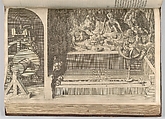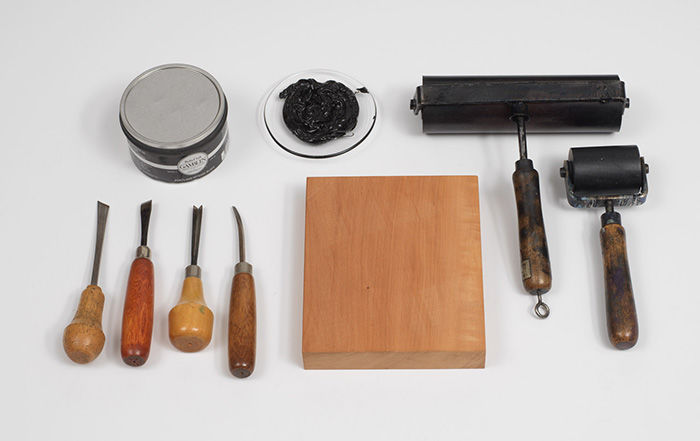Miscellany of the Work of Salomon de Caus
Not on view
Salomon de Caus (1576–1626) was a unique figure in garden history. Trained as an architect-mathematician and hydraulic engineer, he was renowned not only for his garden designs with magnificent waterworks, but also for his many publications on topics relating to the arts and sciences. His most influential works include the Hortus Palatinus (1620) on his Heidelberg garden designs, and Les raisons des forces mouvantes (1615), setting out the principles of hydraulics on which the automata or trick fountains and water jokes in the seventeenth-century garden were based. Familiar with the waterworks in Italian Renaissance gardens (Villa d'Este, Tivoli, and Pratolino, Florence), ultimately derived from the just reissued works of Hero of Alexandria (first century A.D.), de Caus introduced hydraulics into the Northern European garden. His influence was widespread at the courts of the Southern and Northern Netherlands, Germany, and also England, where his younger brother Isaac de Caus worked.
This image cannot be enlarged, viewed at full screen, or downloaded.
This artwork is meant to be viewed from right to left. Scroll left to view more.




